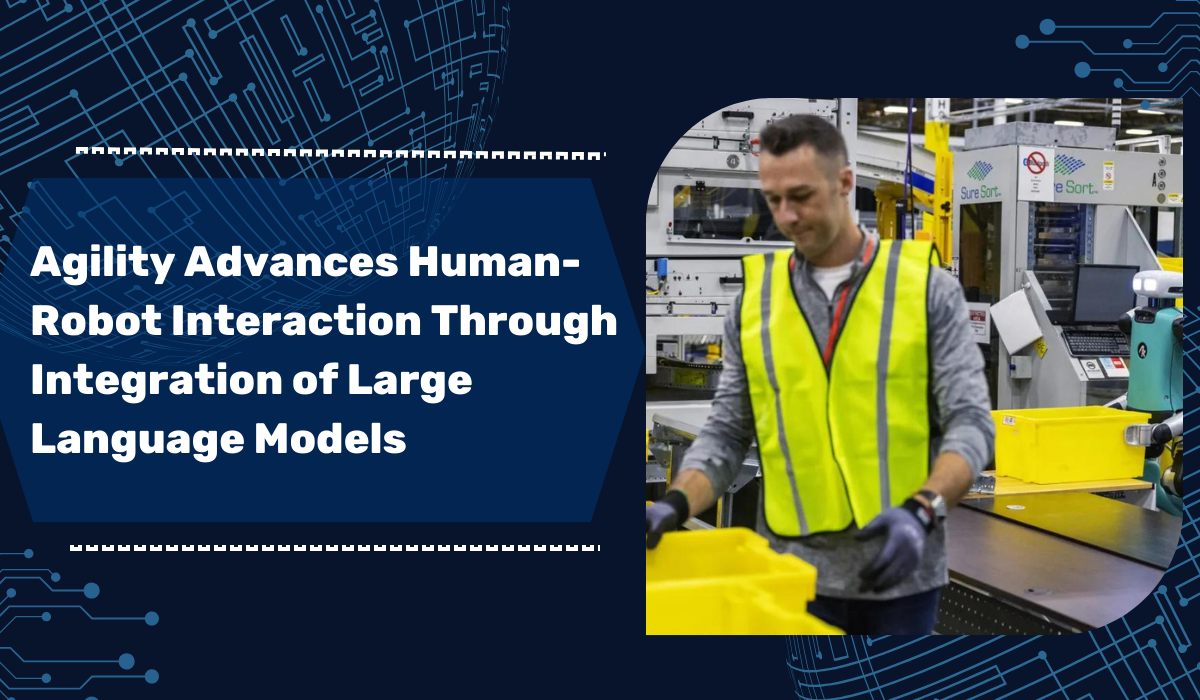
Agility, a well-funded startup based in Oregon, is leveraging large language models (LLMs) to enhance the communication capabilities of its bipedal robot, Digit. Over the past year, the intersection of generative AI and robotics has sparked discussions among experts about the transformative potential of these technologies in revolutionizing the way robots communicate, learn, and are programmed.Agility unveiled a compelling demonstration through a video shared across its social channels. In the demonstration, Digit, the humanoid robot, was tasked with interpreting natural language commands of varying complexity to perform specific actions in a designated environment. For instance, Digit was instructed to pick up a box matching the color of "Darth Vader's lightsaber" and move it to the tallest tower. Although the execution was deliberate and not instantaneous, the successful completion of the task showcased the potential of integrating LLMs to make robots more versatile and quicker to deploy.
Agility's innovation team highlighted the significance of this interactive demo, emphasizing how LLMs could facilitate natural language communication with robots, opening doors to diverse applications. The demonstration allows individuals to interact with Digit through natural language commands, offering a glimpse into the future of human-robot interaction. As the company looks ahead, it envisions a future where robots, particularly commercially available systems like Digit, play a vital role in real-world scenarios, such as Amazon fulfillment centers, by efficiently responding to human instructions.
The broader implications of this development extend beyond Agility's endeavors, resonating with insights shared by industry leaders. Gill Pratt of the Toyota Research Institute highlighted how generative AI techniques accelerate robotic learning, enabling robots to learn from human demonstrations with minimal examples. Similarly, MIT CSAIL's Daniela Rus underscored the power of generative AI in solving complex motion planning problems, envisioning future robots characterized by fluid and human-like motions. The convergence of AI and robotics is poised to redefine the nature of human-robot collaboration, emphasizing the need for robots to comprehend and respond to human input for seamless integration into various environments.